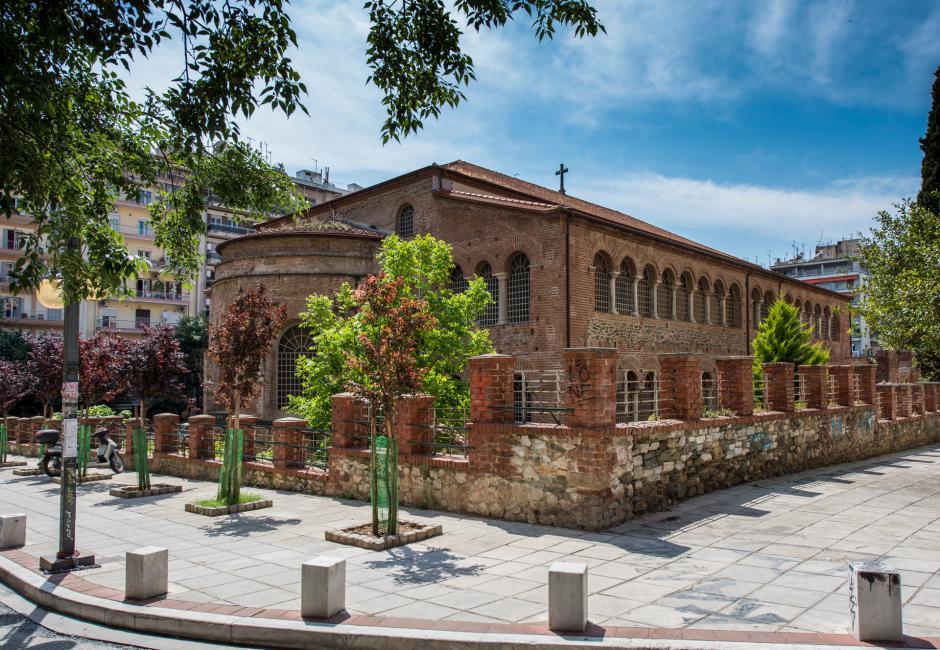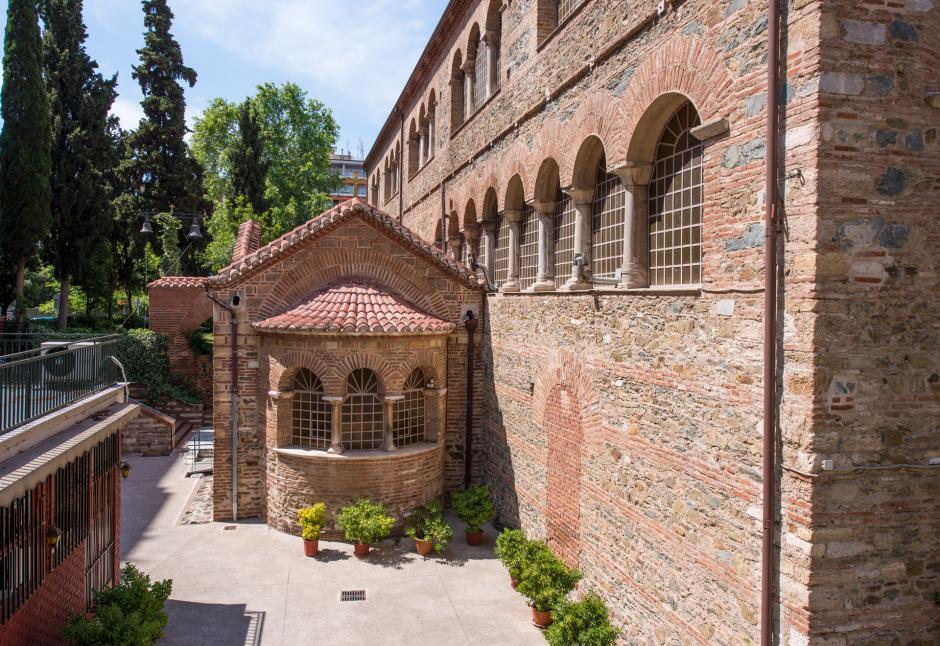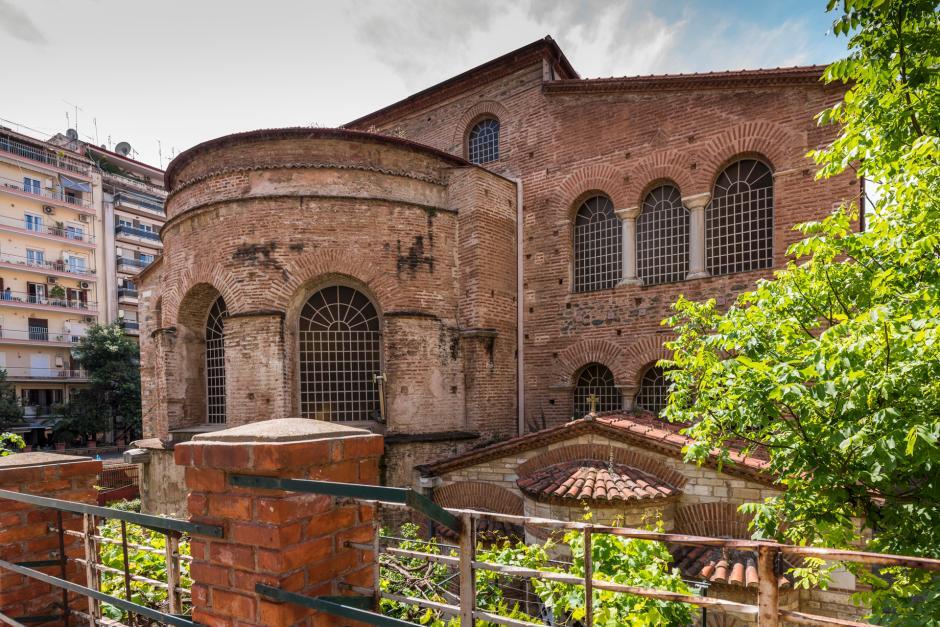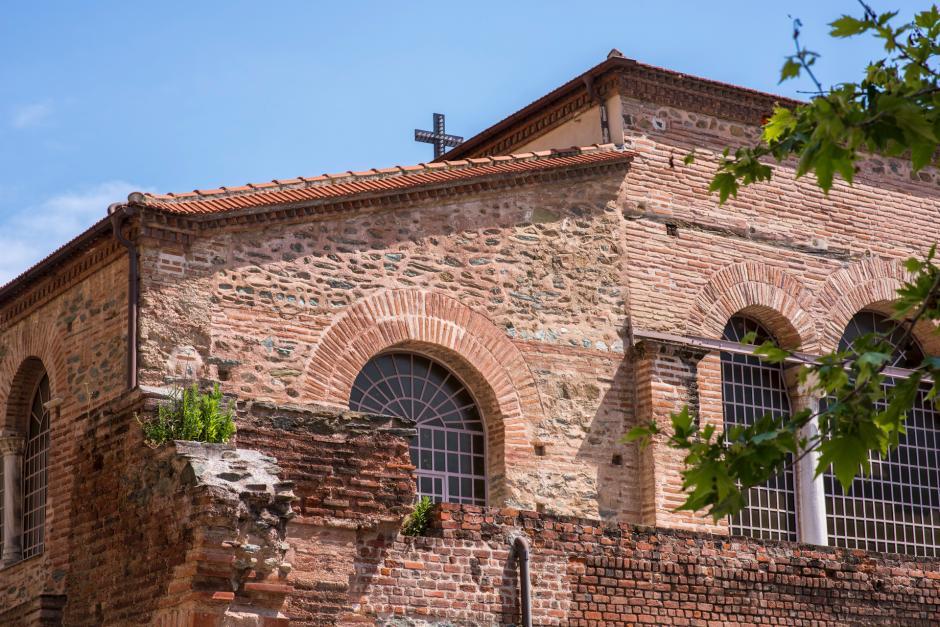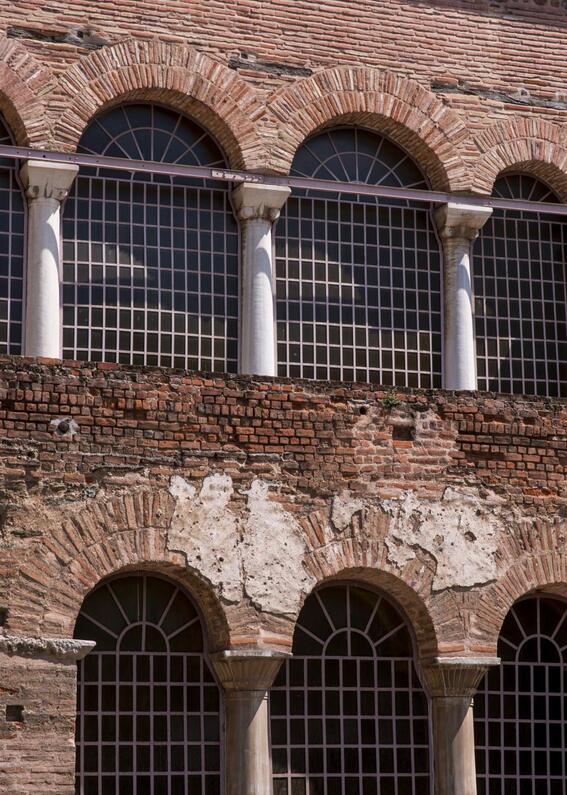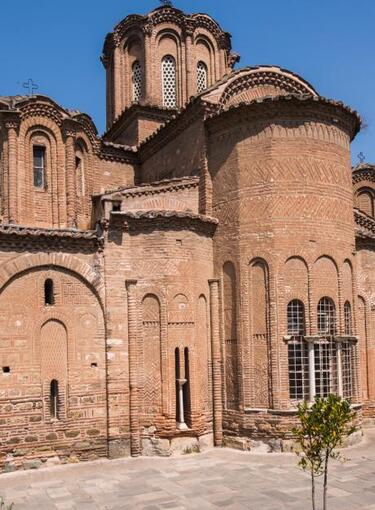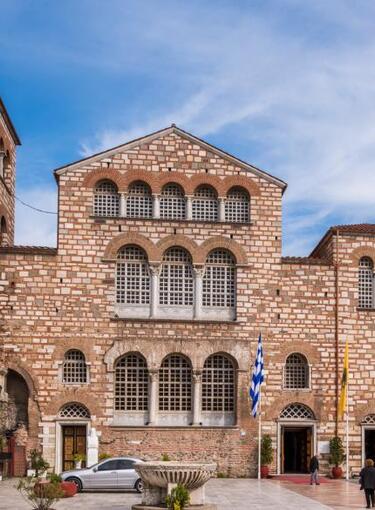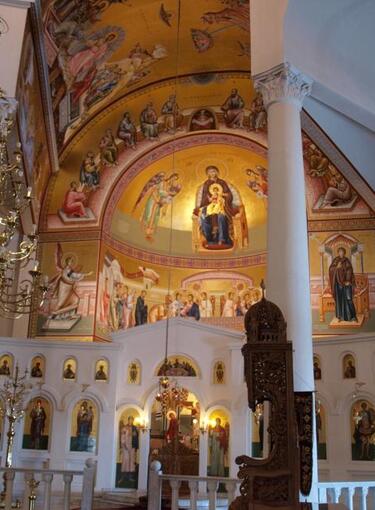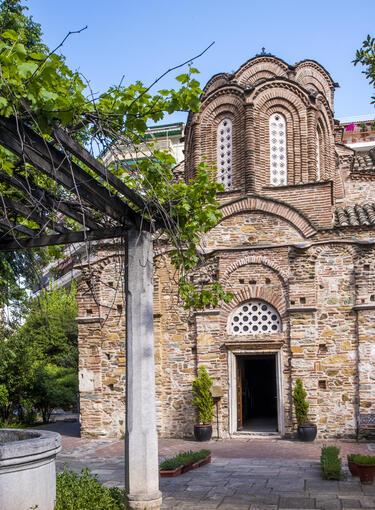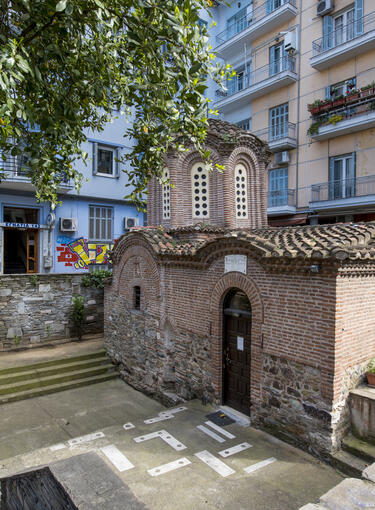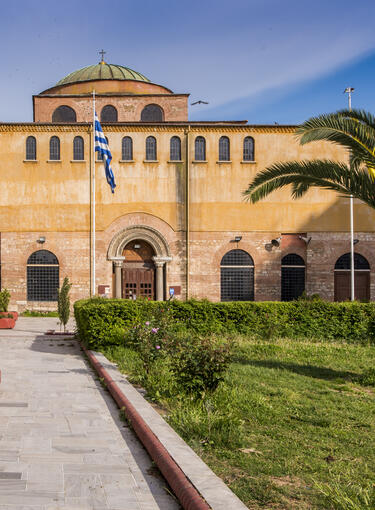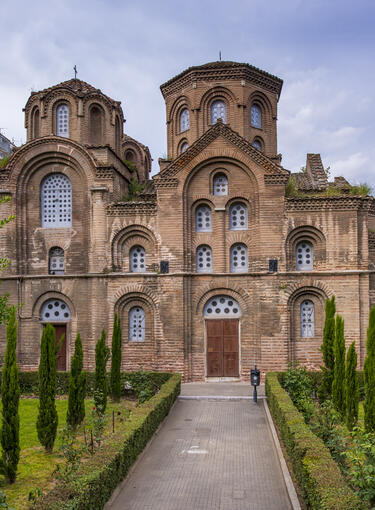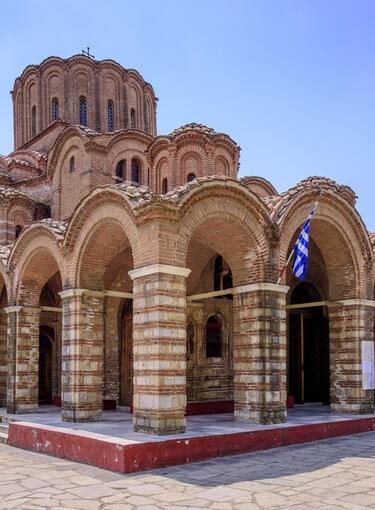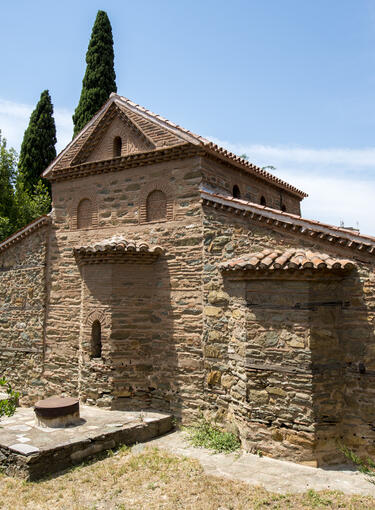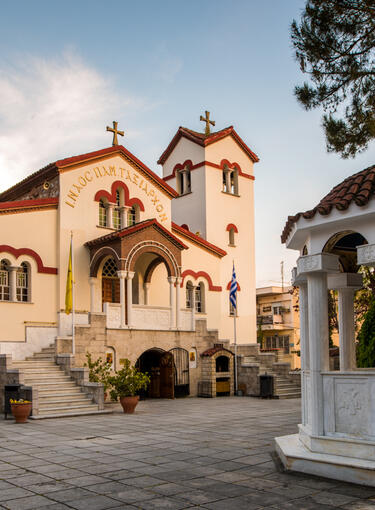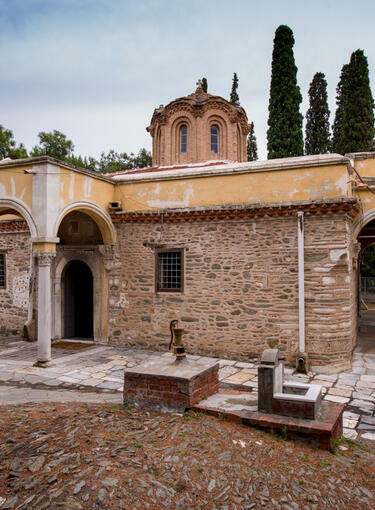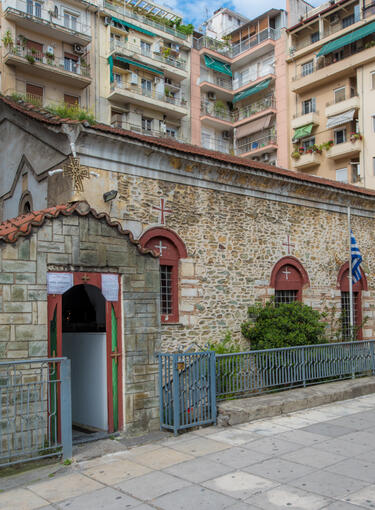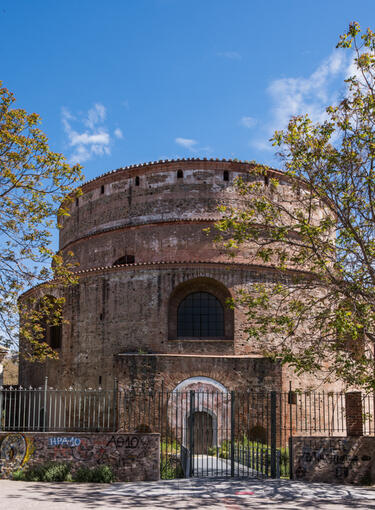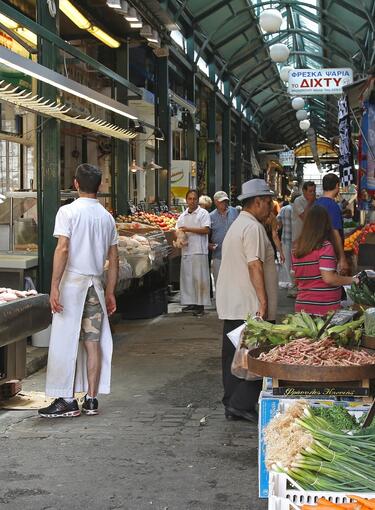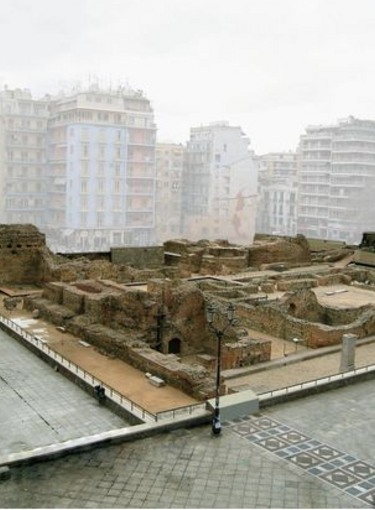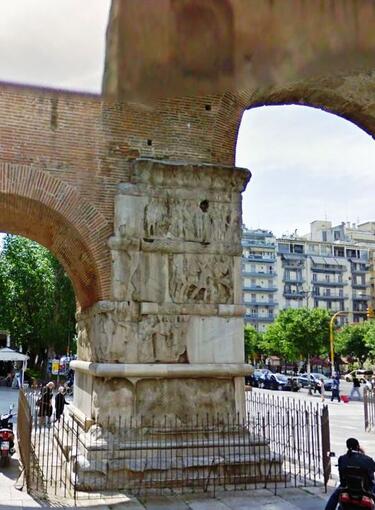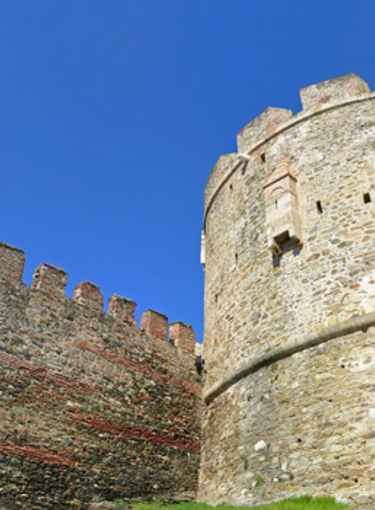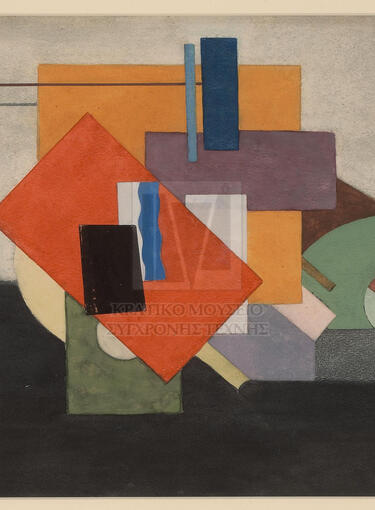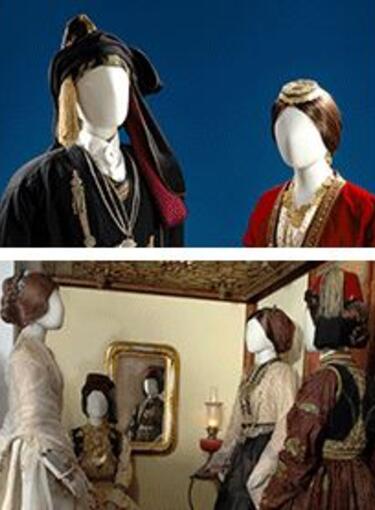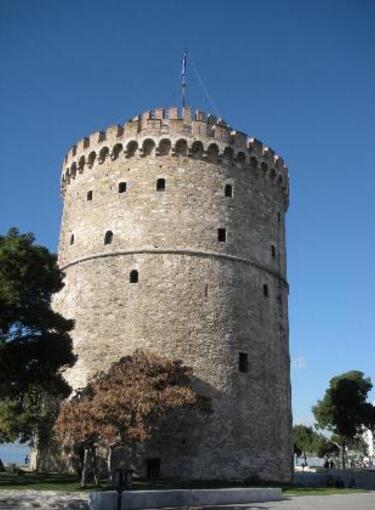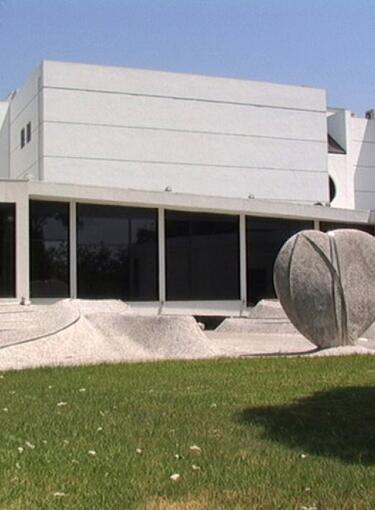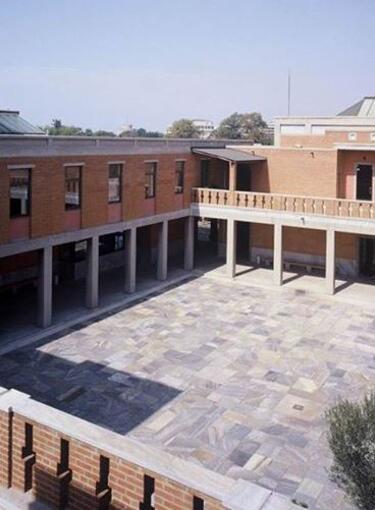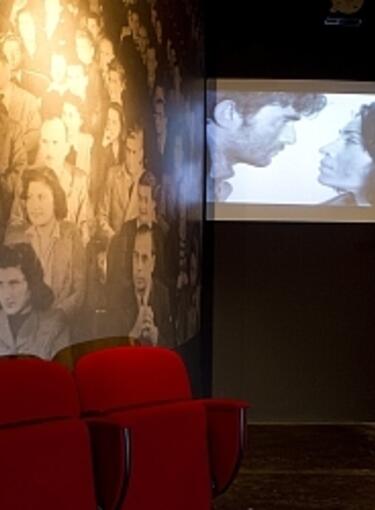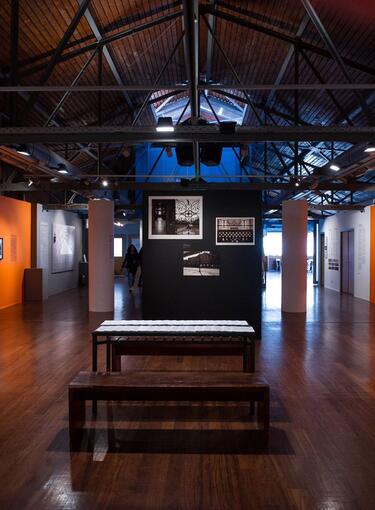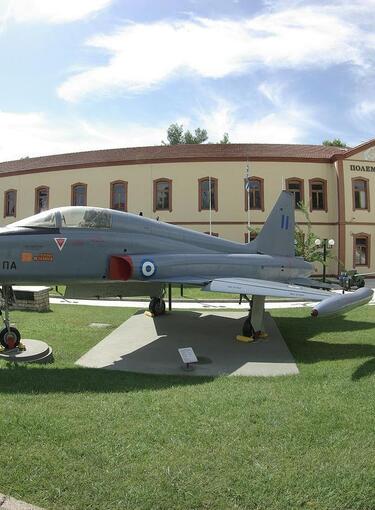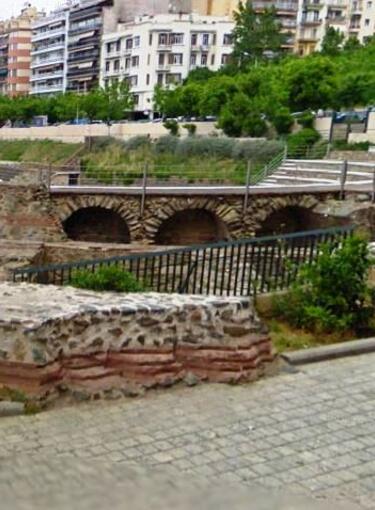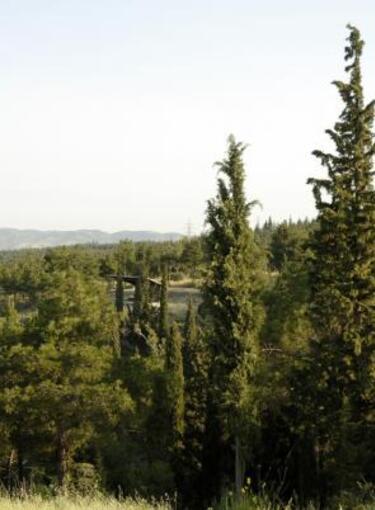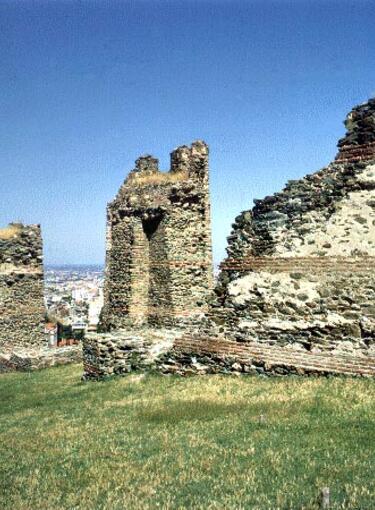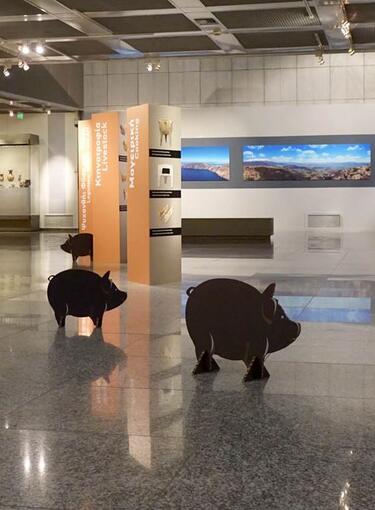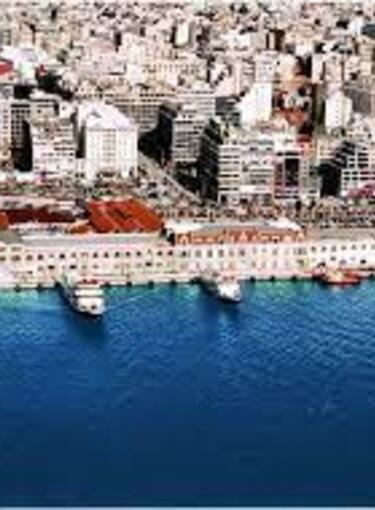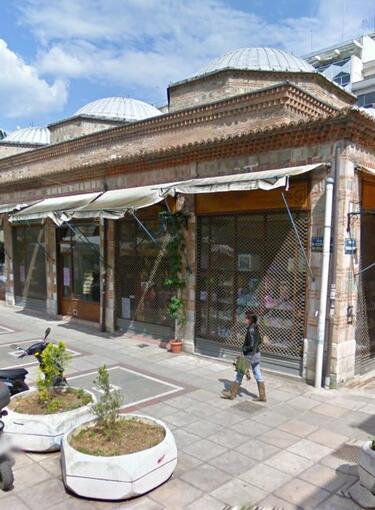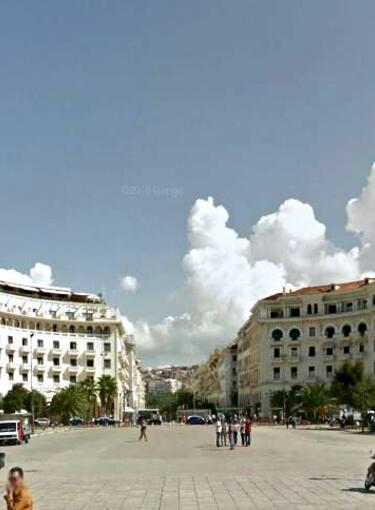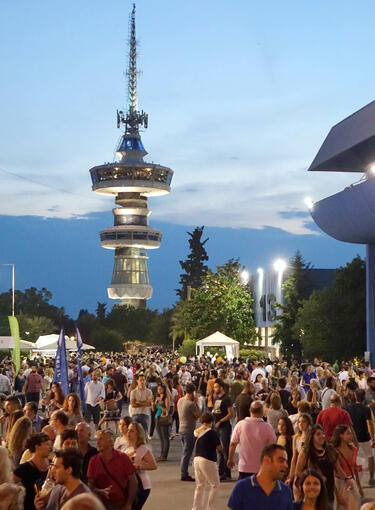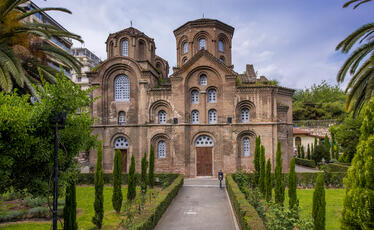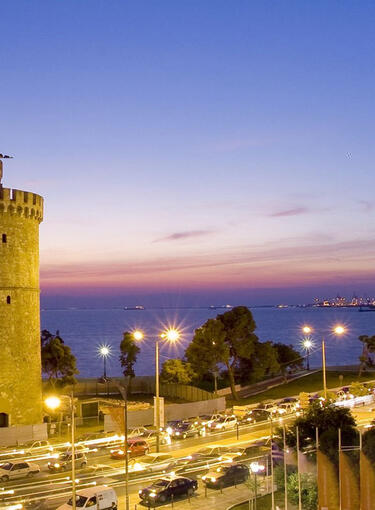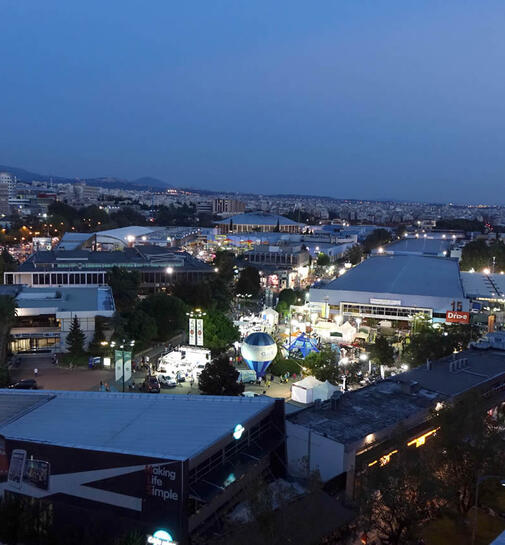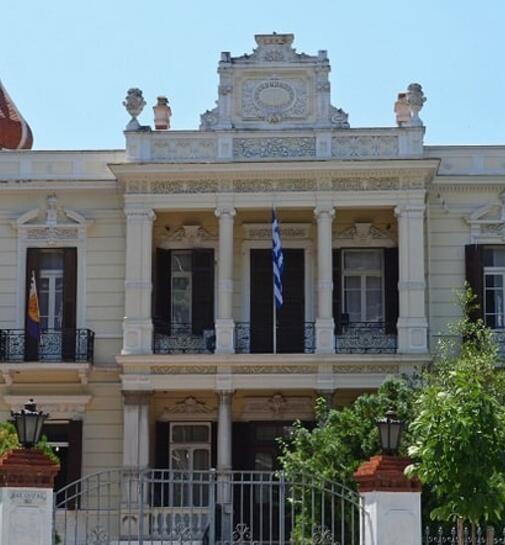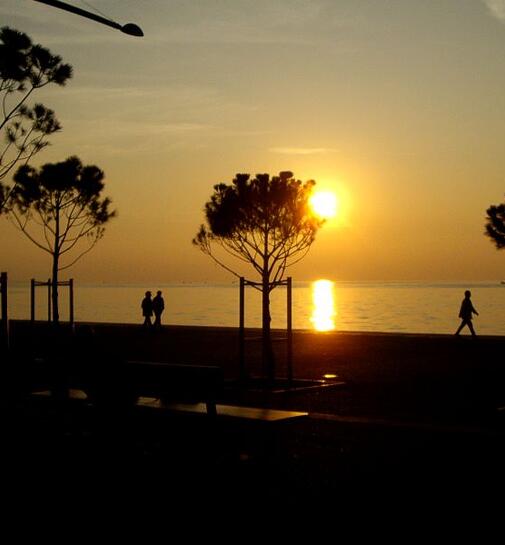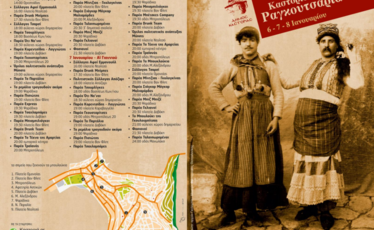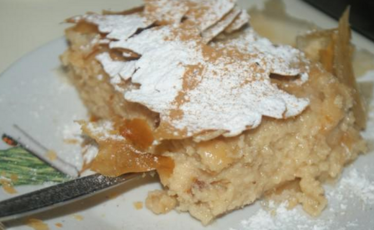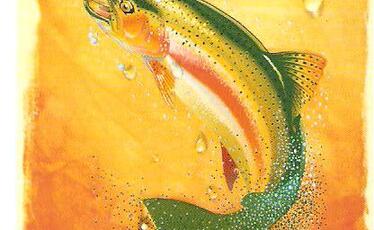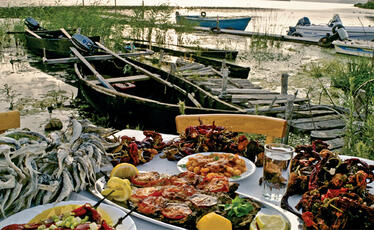The church of Panagia Acheiropoietos is located at the centre of Thessaloniki, at Agia Sophia street, approximately at its intersection with Egnatia street. It is the most important example of old Christian basilica in Greece.
From written sources we see that the church from its foundation, in the middle of the 5th century, it was dedicated to Virgin Mary. The name Acheiropoietos is encountered for the first time in a document of 1320 and is related to the icon of Virgin Mary that was at the church.
The church also honored Agios Dimitrios. As a matter of fact, for this reason, during the Byzantine period, the church was a necessary stop of the procession that took place on the eve of the day of the saint’s celebration.
In 1430, after the fall of Thessaloniki to the Turks, sultan Murad II converted the church into a mosque, known with the name Eski Camii (Old Mosque). A Turkish inscription still survives in the northern colonnade, on the eights column from the east.
In 1917 the monument was used as a settlement for victims of the great fire that destroyed the largest part of the city of Thessaloniki, changing the city forever. Later, in 1922 refugees form Asia Minor found shelter on the church. After some years and following restoration works, it started to being used as a church again.
The church of Acheiropoietos is built over a complex of Roman public baths. Architecturally it belongs to the type of three-aisled basilica, with a wooden roof and a gallery (gynaeconite). On the west there is a narthex which communicates with the middle aisle through a triple-arched opening (tribelon). The three aisles of the church are divided by colonnades. In the middle of the southern side there is a small building attached which was initially a martyrium or a baptistery. The northern aisle of the church ends on the east at the chapel of Agia Irini from the Middle Byzantine period.
From the church’s rich interior architectural decoration what stand out are the columns and the complex Corinthian capitals. They are made from the famous white marble of Proconnesos and were made in the workshops of Constantinople. Also excellent are the two columns of the tribelion, made of green Thessalian marble.
Of particular interest are the mosaics that are preserved in the inside of the arches of the colonnades. Plant and geometrical motifs, animals and Christian symbols have been depicted with exceptional artistry.
The few wall paintings that decorate the southern aisle of the church date from the 13th century and barely survive. The figures depicted are military saints and are part of the representation of the Forty Martyrs of Sebaste.
This important church is a unique example of Early Christian architecture suffered significant damages from the great earthquake in 1978, which have been fully restored.
Informations
Additional
Date:
middle of the 5th century
Season:
Early Christian
Holy Metropolis:
Thessaloniki
Under the Supervision of:
Archaeological Service of the city of Thessaloniki
Access:
Car
Parking:
Free


